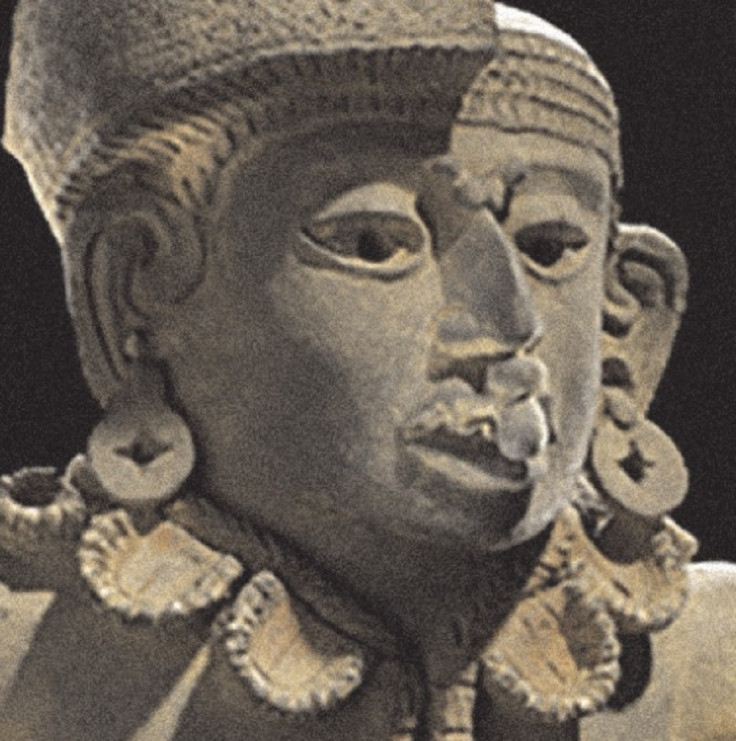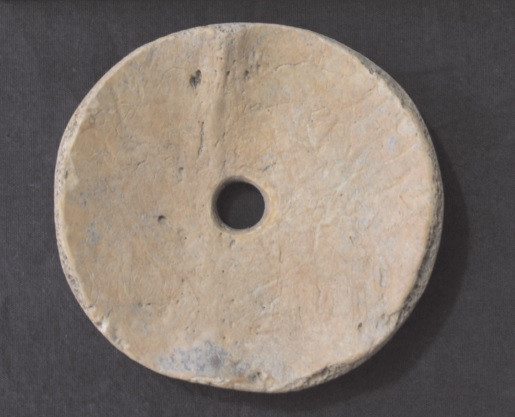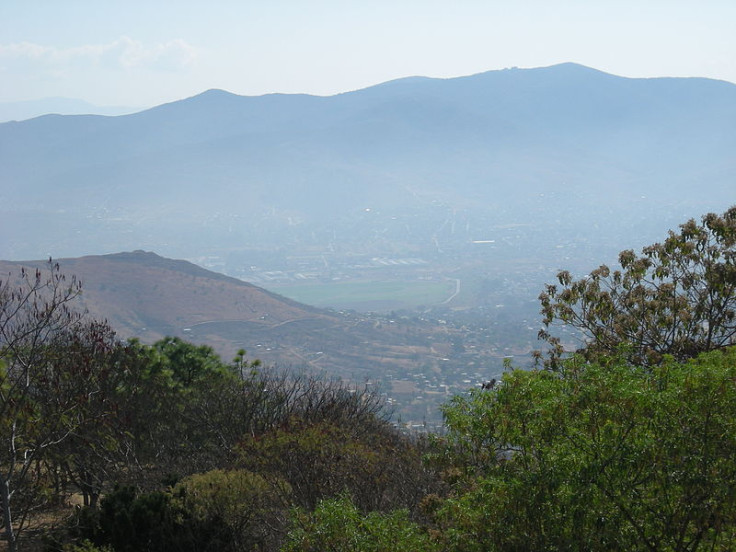Mexico: Ancient Zapotec elites wore human jawbones as ritual adornments in sacred ceremonies

Archaeologists have found evidence of human jawbones being painted and worn as ritual adornments by elite members of the ancient Zapotec civilisation in Mexico. The mandibles appear to be related to the god Xipe Totec – a deity well known in the Aztec civilisation but less understood when it comes to earlier Mesoamerican cultures.
A team of archaeologists carried out excavation work at the Dainzú-Macuilxóchitl site in the Oaxaca Valley in southern Mexico in 2015. The researchers focused on residential terraces dating to the Late Classic period (550–850 AD). The compound had two elite residences and an open platform made of stone that was likely used as a ceremonial space for the people living there.
Jeremias Pink, from Oregon State University, presented findings from the excavation at the annual meeting of the Society for American Archaeology. They had found 64 ceramic fragments believed to be from Xipe statues. Imagery of this deity included faces, headdresses, conch shell belts and collars of human upper jawbones.

Xipe Totec
In the Aztec civilisation, Xipe Totec was a deity associated with human sacrifice and agricultural fertility. Captured warriors would be made to fight with one leg tied to a stone. Their skin would be flayed and worn by a priestly impersonator for 20 days – representing the regrowth of maize. As well as symbolising agriculture, however, Xipe Totec was also a means of maintaining social and political order.
Along with this, they found human remains. Four burials included the remains of children under the age of two. Another contained an elderly man's pelvis, femur and cranium and the partial remains of a foetus.
Bone fragments were also found along the edge of the ceremonial platform, a selection of which had been intentionally modified. Two human mandibles had been drilled so they could be worn around the neck – as is depicted by Xipe – or over the mouth as masks. One had been elaborately carved, while the other had been painted red. Pink added that a bone disc created from a human cranium could also have been worn as some sort of personal adornment.
What is significant about the human remains is that none showed any signs of defleshing or trauma, which would be present if they had come from sacrificial victims. Instead, the researchers believe the remains had been exhumed from a burial site, possibly being the ancestors of those living at the complex.

Pink told IBTimes UK this is the first excavation in Oaxaca where human remains associated with Xipe (or a version of it) have been discovered. "Other carved and painted human mandibles have been found at archaeological sites in Oaxaca, as have a few so called Xipe statues," he said. "However, most of these objects lack detailed contextual information, and because Zapotec civilisation predates the Aztec by several hundred years, it has been unclear whether veneration of this deity was similar to Aztec ritual or if it was something entirely different.
"Given the vivid accounts of human sacrifice in honour of Xipe Totec among the Aztec, it would be tempting to argue that what we have is evidence of human sacrifice in honour of a similar deity among the Classic Zapotec. But the evidence does not support this."
Instead, Pink said at other excavations in the Valley of Oaxaca, elite tombs have been found where certain bones, including mandibles, had been removed following decomposition. This was probably to use them in rituals honouring ancestors, he said.

"It is our interpretation that the modified human remains found during excavation of the ceremonial platform at Dainzú-Macuilxóchitl had been recovered by residents of the terrace from the tombs of their ancestors and used as ritual paraphernalia in ceremonies honouring a Zapotec precursor to the Aztec deity Xipe Totec," he said.
In terms of what this indicates about the Zapotec civilisation at the time, the researchers believe the mandibles were likely worn during sacred rituals where elite families called on their ancestors for guidance.
"The Late Classic was a time of enormous political and social change in Oaxaca," Pink said. "Zapotec civilisation reached its peak at the beginning of this period, but by 800 AD it had dissolved into a number of smaller competing city-states and many urban communities, including the capital Monte Albán, were abandoned."

Pink said the ancient Zapotecs are known to have worshipped a number of deities, but until the Late Classic, they had mostly focused on the rain and lightning god Cocijo. "Cocijo remained important through the Classic period, but our excavations show that elites in secondary centres − such as Dainzú-Macuilxóchitl – may have increasingly focused their household ritual practice on other deities," he said.
"This likely reflects the growing independence of these communities from the larger Monte Albán state, but also the increasing need of individual elite families to legitimate their social positions within their communities. Sponsoring semi-public ceremonial activities at their residences that invoked the historical importance of their lineage through ancestor worship would have been a powerful means of accomplishing this," he added.
© Copyright IBTimes 2025. All rights reserved.






















